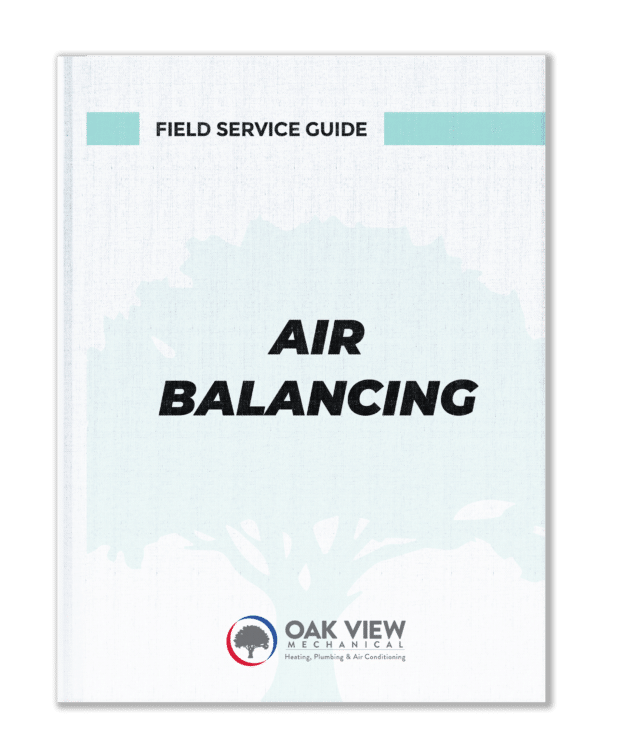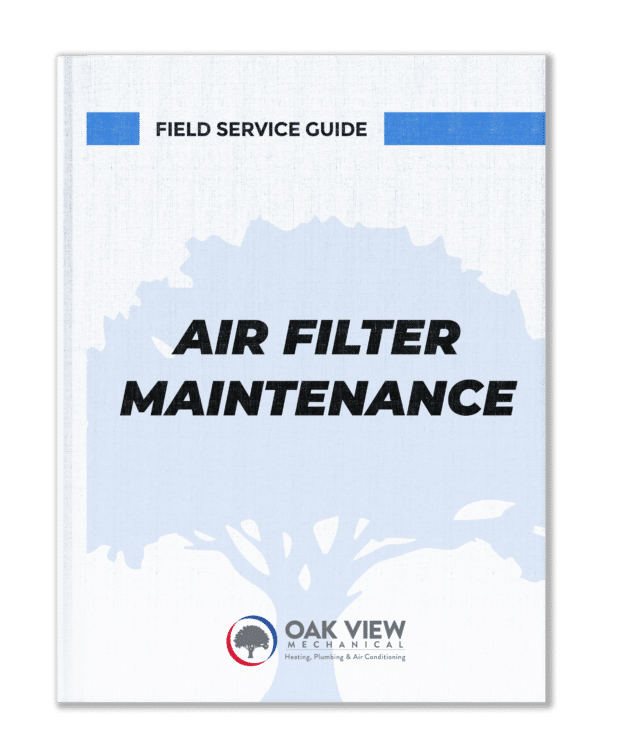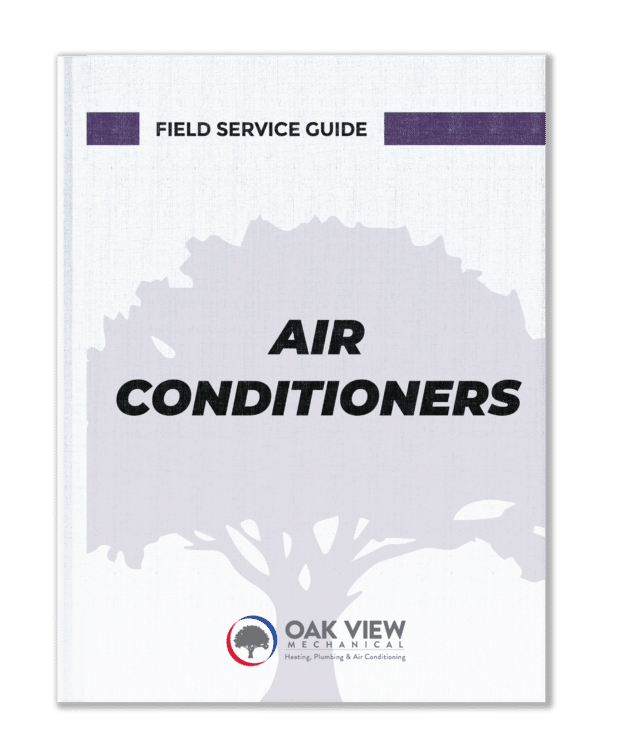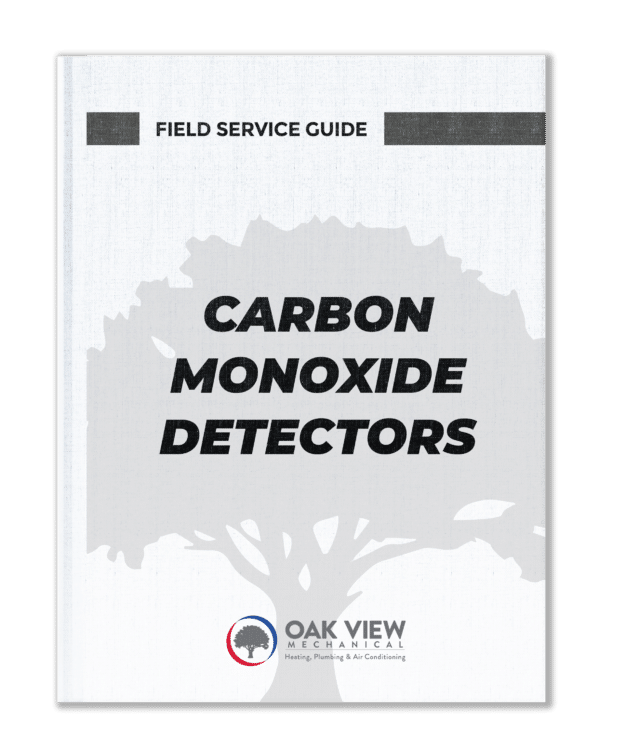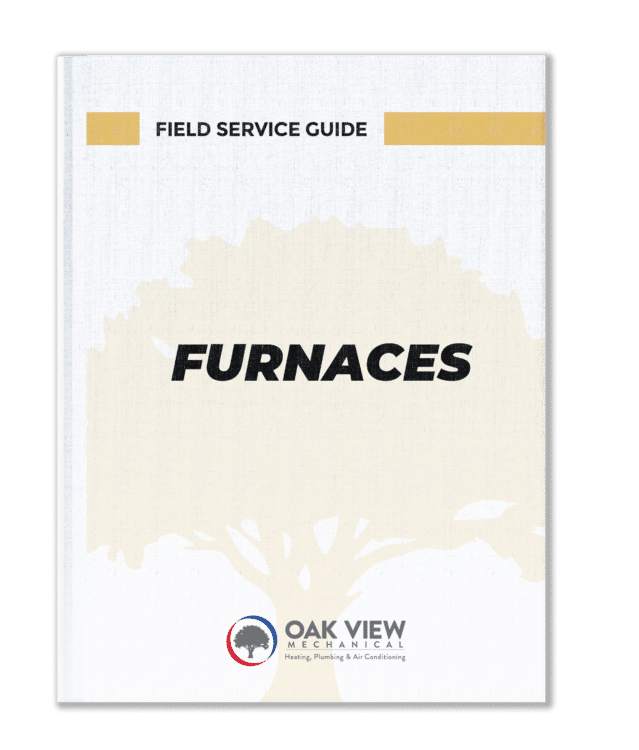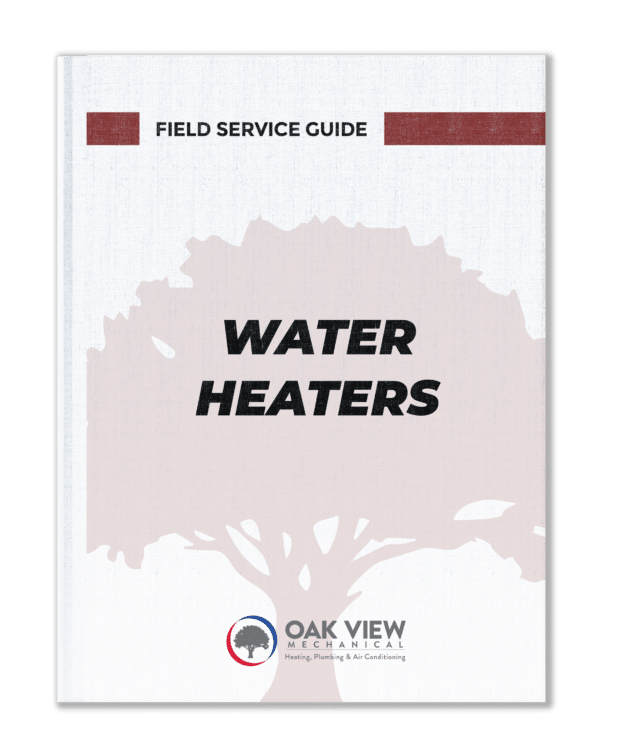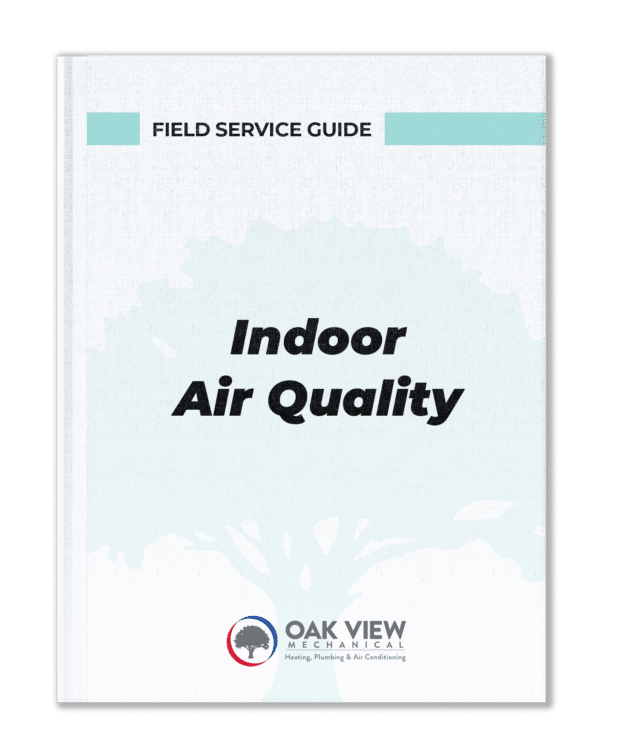If you want to be comfortable year-round, you need to choose the right cooling system for your home. Air conditioning systems are the most common because they are simple and efficient. They pull warm air through the intake vent, remove the heat as the air passes over the cooling coils, then pump the chilled air back out into your home. If you want additional features, such as heating ability, you may want to consider an alternative method to a regular air conditioning system, such as a heat pump.
What is a Heat Pump?
A heat pump is basically an air conditioning system that runs in two directions. To understand how it works, it’s important to remember that an air conditioning system pulls hot air out of your home rather than sending cold air in. When a heat pump is in cooling mode, it does the same thing – it sucks out the hot air and sends it outside.
When a heat pump is in heating mode, it switches directions and pumps heat from the outside air into your home. Yes, there is heat in the outside air even on the coldest of days, but because there is less heat, a heat pump loses efficiency as the temperature drops. The advantage to a heat pump is that you don’t need to install and maintain separate heating and cooling systems. Due to Colorado’s extreme cold temperatures, a back up heat source is recommended in the event a heat pump can not keep up with the heat demands.
Heat pumps can be attached to an existing duct system, or can be ductless, (mini-split-system heat pumps), making a good retrofit add-on to homes with “non-ducted” heating systems, such as hydronic (hot water heat), radiant panels, and space heaters (wood, kerosene, propane). The ductless systems are a good choice for room additions where extending or installing distribution ductwork is not feasible, and very efficient new homes that require only a small space conditioning system. Be sure to choose an ENERGY STAR compliant unit and hire and installer familiar with the product and its installation.
Advantages and Disadvantages to Mini-split Systems.
The main advantages of mini splits are their small size and flexibility for zoning or heating individual rooms. Many models can have as many as four indoor air-handling units connected to one outdoor unit. Each zone has its own thermostat, so you only need to condition occupied spaces. This will save energy and money.
They are efficient, as cooling costs 30% less than traditional air conditioners. Ductless mini-split systems are easier to install than some other types of space conditioning systems. The hook-up between the outdoor and indoor units generally requires only a three-inch hole through a wall for the conduit. Most manufacturers can provide a variety of lengths of connecting conduits, and. If necessary, you can locate the outdoor unit as far away as 50 feet from the indoor evaporator.
This makes it possible to cool rooms on the front side of a house, but locate the compressor in a more advantageous or inconspicuous place on the outside of the building. In comparison to other add-on systems, mini-splits offer more interior design flexibility. The indoor air handlers can be suspended from a ceiling, mounted flush into a drop ceiling, or hung on a wall. Most indoor units are about seven inches deep and have sleek, high tech-looking jackets. Many also offer a remote control to make it easier to turn the system on and off when it’s positioned high on a wall or suspended from a ceiling.
Common disadvantages include the higher cost of installing a mini-split system, although lower operating costs and rebates or other financial incentives offered in some areas, can help offset the initial expense. Each indoor unit must be correctly sized and placed in the best location for its installation.
Incorrectly sized, or located units can result in short-cycling which waste energy and does not provide the proper temperature or humidity control. Some people may not like the appearance of the indoor part of the system. While less obtrusive than a window room air conditioner, these units don’t have the look of a central system. There must also be a place to drain condensate water near the outdoor unit. Filters must be washed routinely to keep the system operating properly.
